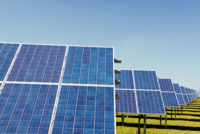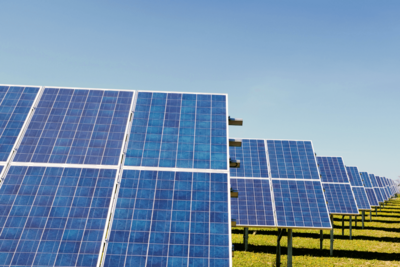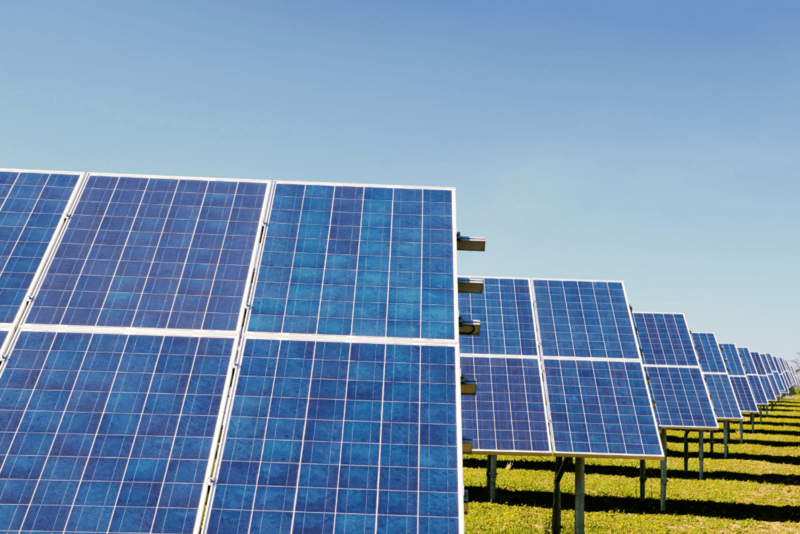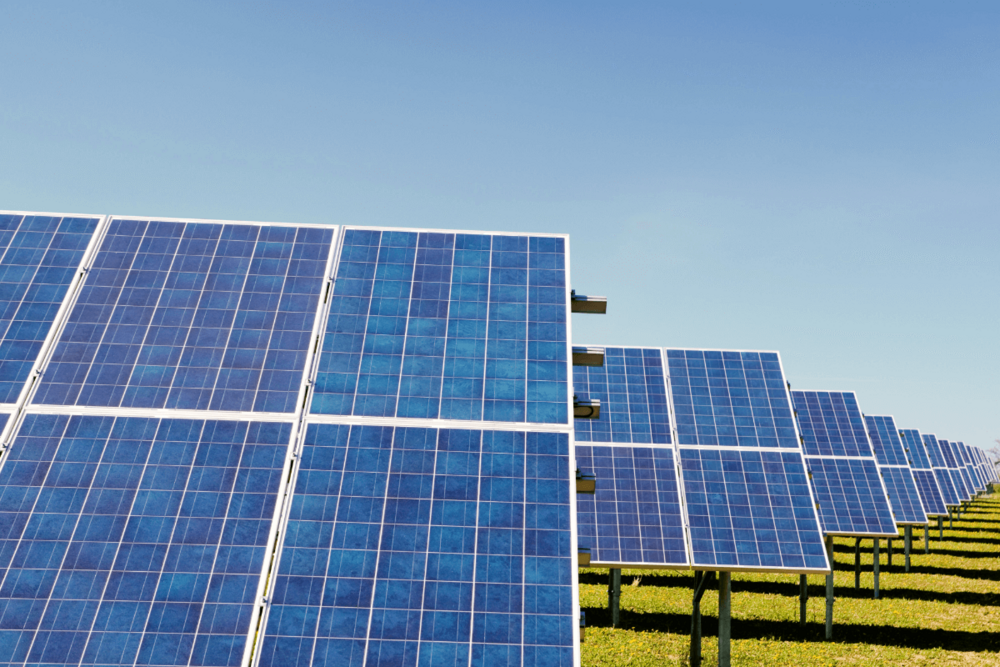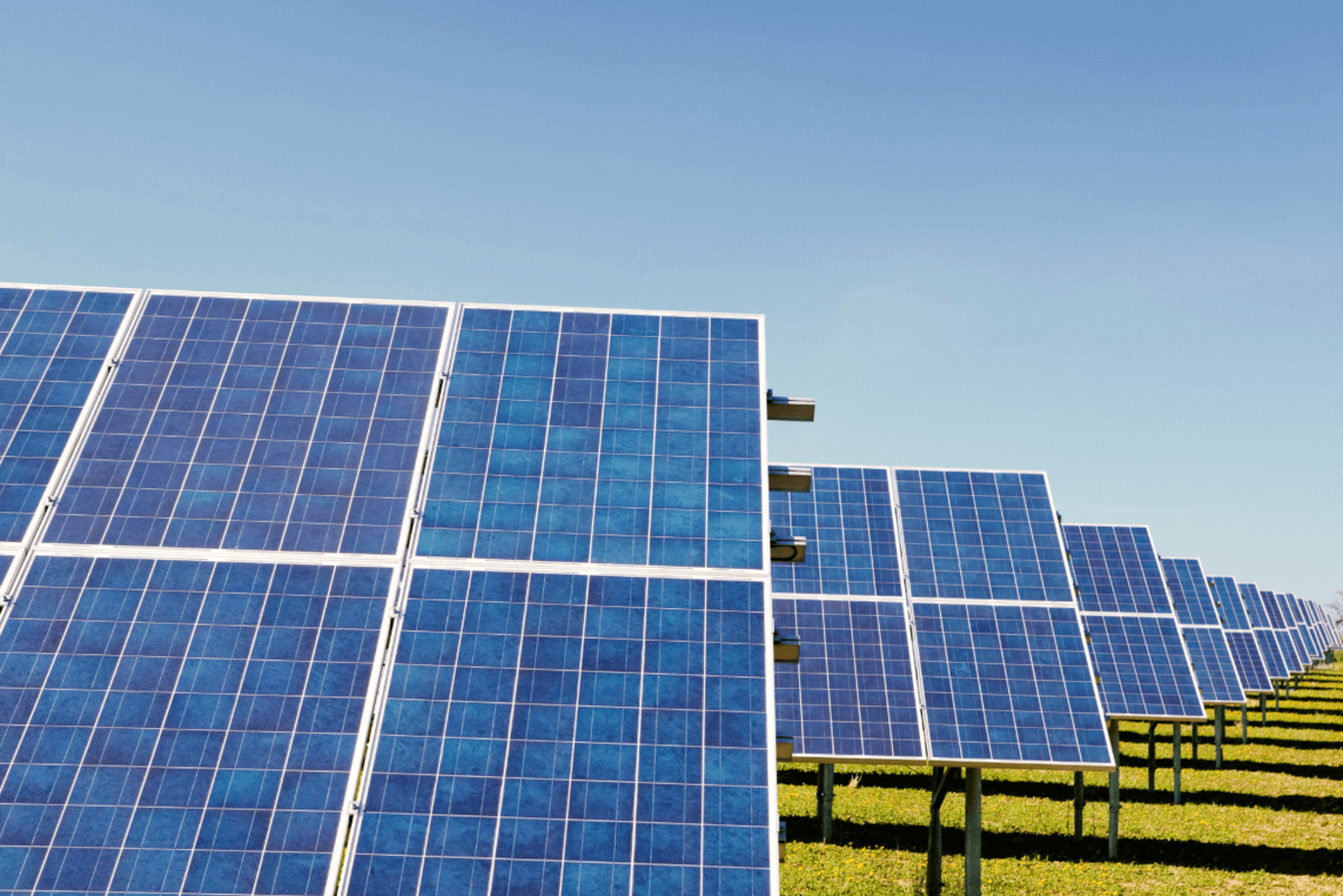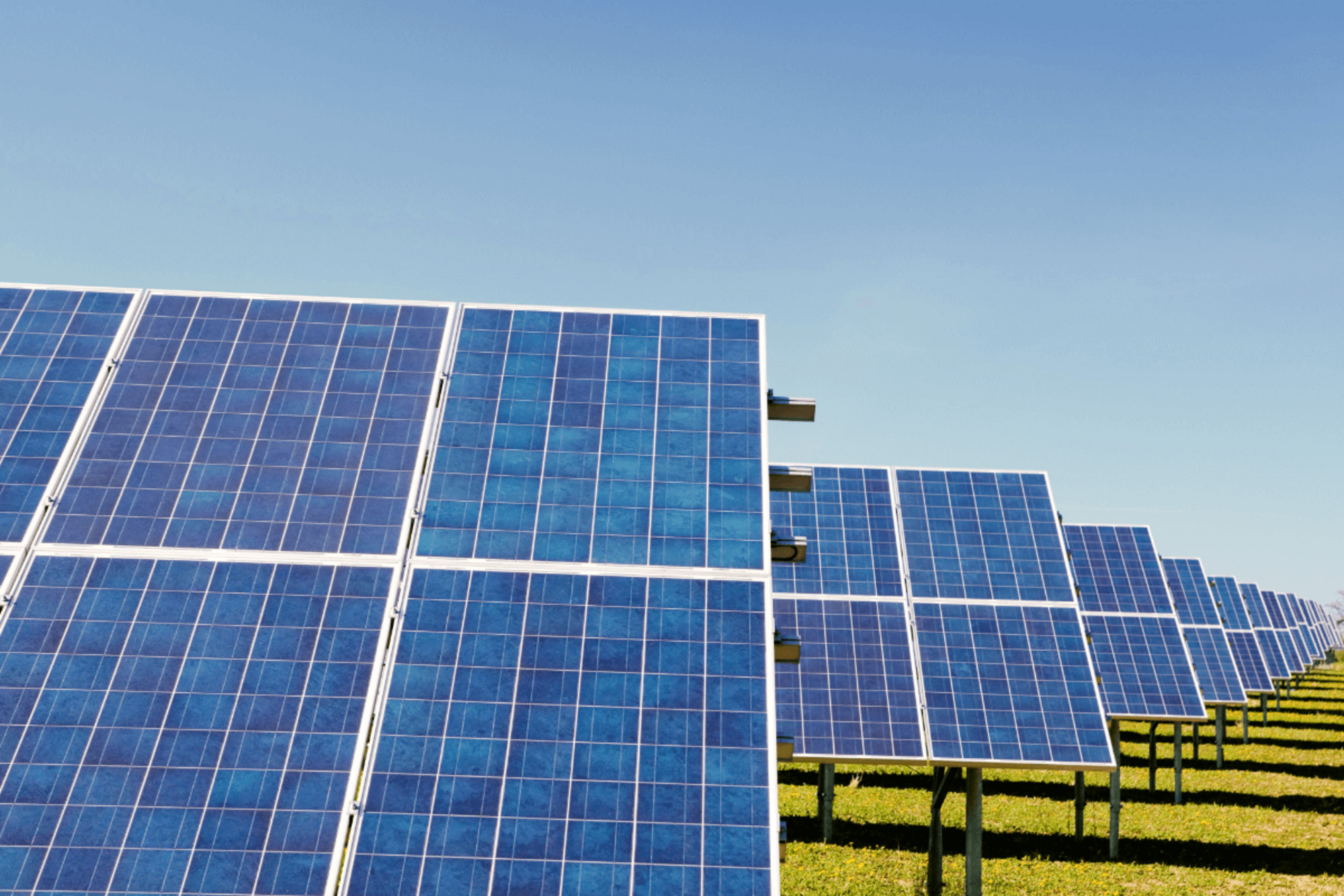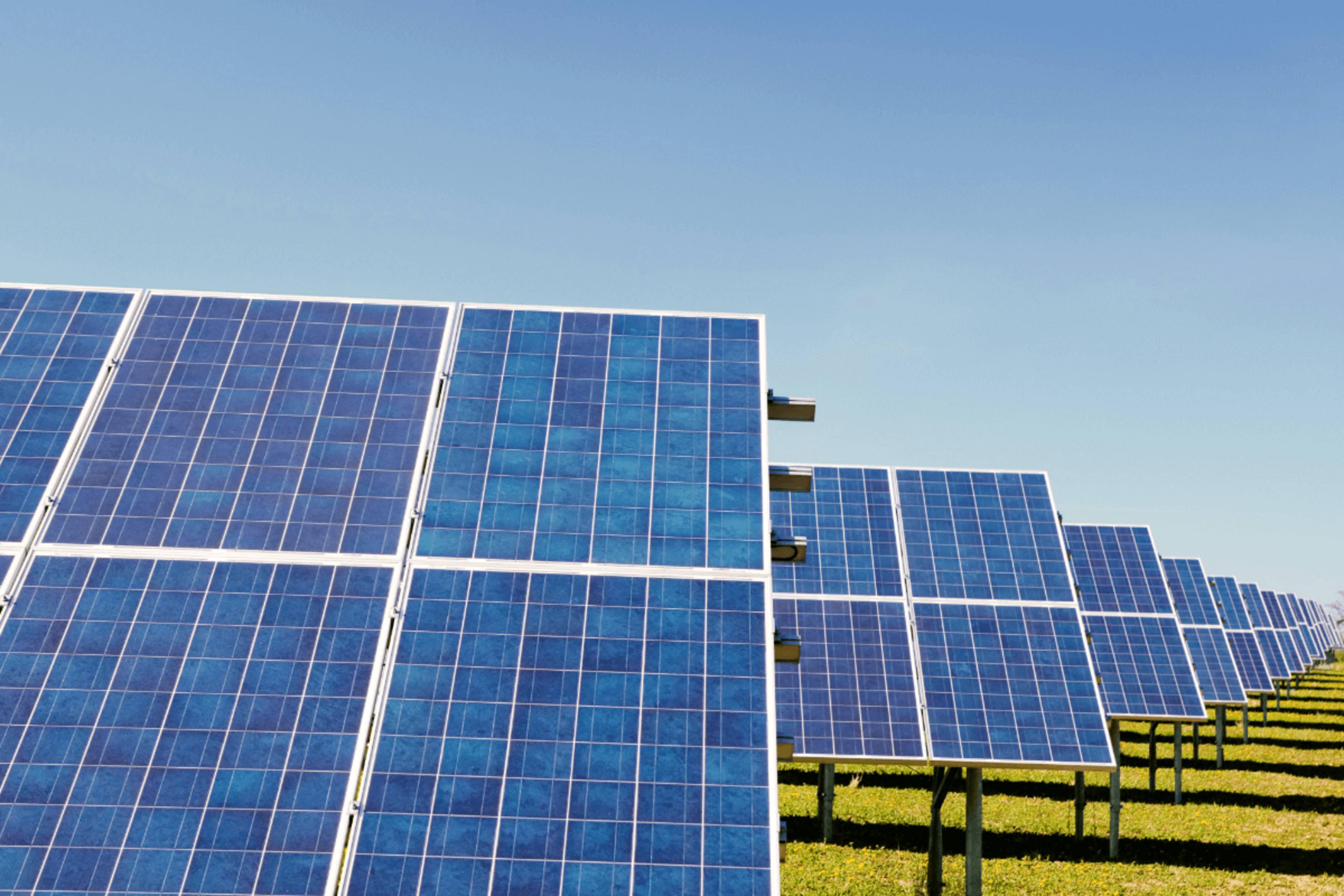Island System/ Off-Grid System
An off-grid system, also known as an island system, is a photovoltaic installation that operates independently of the public power grid. Unlike grid-tied systems that feed excess electricity back into the grid, an off-grid system stores the generated power in batteries or other energy storage devices. This stored energy is then used to meet the electricity needs of the building or facility as required.
A typical off-grid system comprises several key components. Besides the photovoltaic modules and a hybrid inverter or inverters, it includes batteries or other energy storage devices to store the generated electricity for later use. To ensure continuous power supply during prolonged periods of low sunlight or increased power demand, generators can be integrated into the system. These generators provide backup power when the battery capacity is exhausted.
Off-grid systems are particularly useful in remote areas where connecting to the public power grid is impractical. Examples include mountain cabins, campsites, vacation homes, and research stations in isolated locations. Additionally, off-grid systems are suitable for scenarios where an autonomous energy supply is preferred, such as in the construction of tiny houses, environmental conservation projects, or regions with unreliable power supply.
By harnessing solar energy efficiently, off-grid systems create a sustainable energy cycle, providing clean energy to remote locations and reducing reliance on fossil fuels. Although off-grid systems are typically more expensive than grid-tied systems, they offer a dependable and independent energy solution for remote areas or situations where connection to the public power grid is not feasible or desired.
